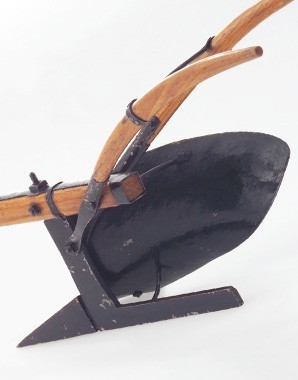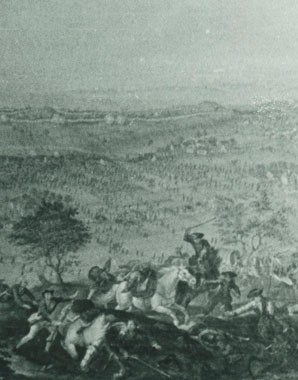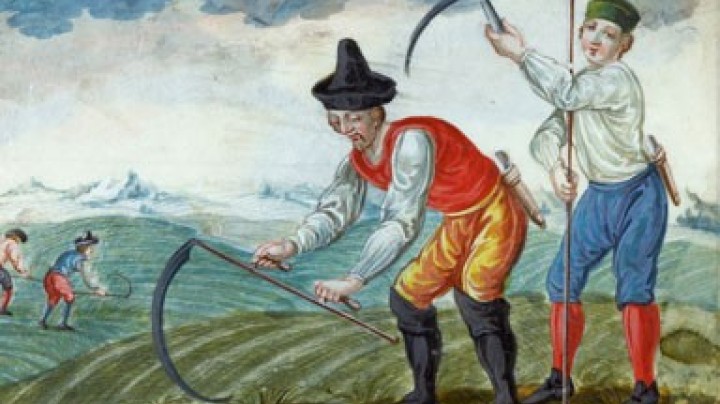More land for agriculture – The search for arable land
Clearing woods, draining marshes, populating Galicia – these were the key phrases. After all, the aim was to stimulate agricultural production.
Because it was the peasants who provided the population with food, the monarchs of the eighteenth century saw them as the guarantee for a large population, which in turn was seen as the basis for the wealth of the state. Joseph II was a supporter of physiocracy, an ideology which regarded agriculture as the best foundation on which to organize the economy. Nevertheless, the possibilities for meeting the growing population’s need for food were very limited. Clearances were reaching their ecological limits. Moreover, landowners resisted the large-scale felling of forests, because they used these extensive areas for their hunting. There again the forests were important for the first industrial enterprises, because they provided them with a steady supply of energy in the form of firewood. It was only in Galicia and those parts of Hungary acquired by the Monarchy in 1772 that large-scale clearances were still possible in order to create arable land. It was in these regions that Maria Theresia ordered large-scale settlement so that they could be used for agricultural purposes. Alongside Hungary Galicia thus became the most important supplier of food in the Monarchy. The increase of some twenty per cent in the proportion of the territory of present-day Austria used for cultivation in the decades before 1848 was above all the result of the draining of ponds and marshes, for example in the valley of the River Inn, since it was easier to persuade landowners to accept measures of this kind.
















